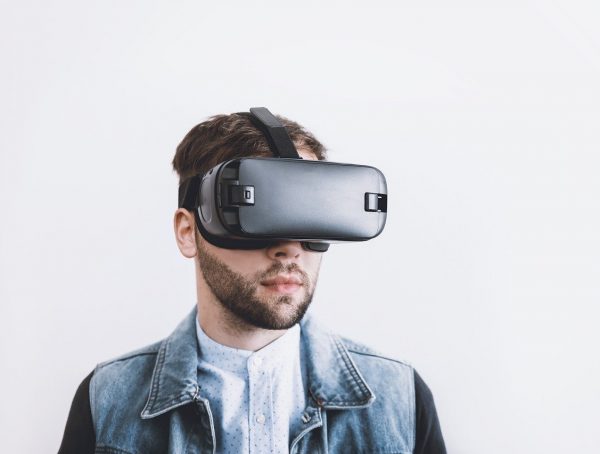The Indigenous peoples of Central Australia are subject to cultural loss but are also being increasingly confronted with a proliferating amount of digital cultural material recorded by older generations. This study analyzes the way cultural digital media is circulated and stored in remote Indigenous communities.
Researchers studied communities around the Alice Springs area with regards to their Internet and computer access, lack of affordability, lack of literacy and digital skills, lack of training and assistance, mobile phone ownership as well as other devices like tablets… Then, researchers looked at communities’ use of digital media, whether it be to check the news, online shopping, or social networking.
Researchers reflected on the impact of culture on the use of technologies. Indigenous adults and elderlies have a growing concern about the loss of cultural knowledge, which was translated by old photos being digitalized and shared on social media. Younger generations tend to rely more on archives and deposit material to be preserved in one safe place. However, communities seem to share anxiety not only for the loss of cultural knowledge but also that this material might fall into the wrong hands — the hands of strangers to the community who access this knowledge from afar.
Researchers conducted a case study on the community of Willowra, a small village 350 km away from Alice Springs. There is no mobile phone connectivity in Willowra and no Aboriginal house has the Internet, which is only available at the Willowra Learning Center. Material is downloaded on the computers of the Center from social media or younger community members’ cellphones, but the data on it is never backed up nor supervised. Some programs attended to collect cultural heritage and store it for the community but issues in Internet access and data loss complicated the task.
Researchers found that communities preferred storage on personal USB devices rather than cloud-based platforms and communal computers. This can be explained by the fact that USBs are easy to share with family, portable, cheap, relatively robust, easy to plug into different devices; but they can also be passed along to a restricted number of people compared to the cloud. Communities store their own heritage and prefer culturally sensitive materials to stay within the hands of the community.
To read more: https://journals-sagepub-com.umiss.idm.oclc.org/doi/pdf/10.1177/1461444820954201
Vaarzon-Morel P, Barwick L, Green J. Sharing and storing digital cultural records in Central Australian Indigenous communities. New Media & Society. 2021;23(4):692-714. doi:10.1177/1461444820954201






